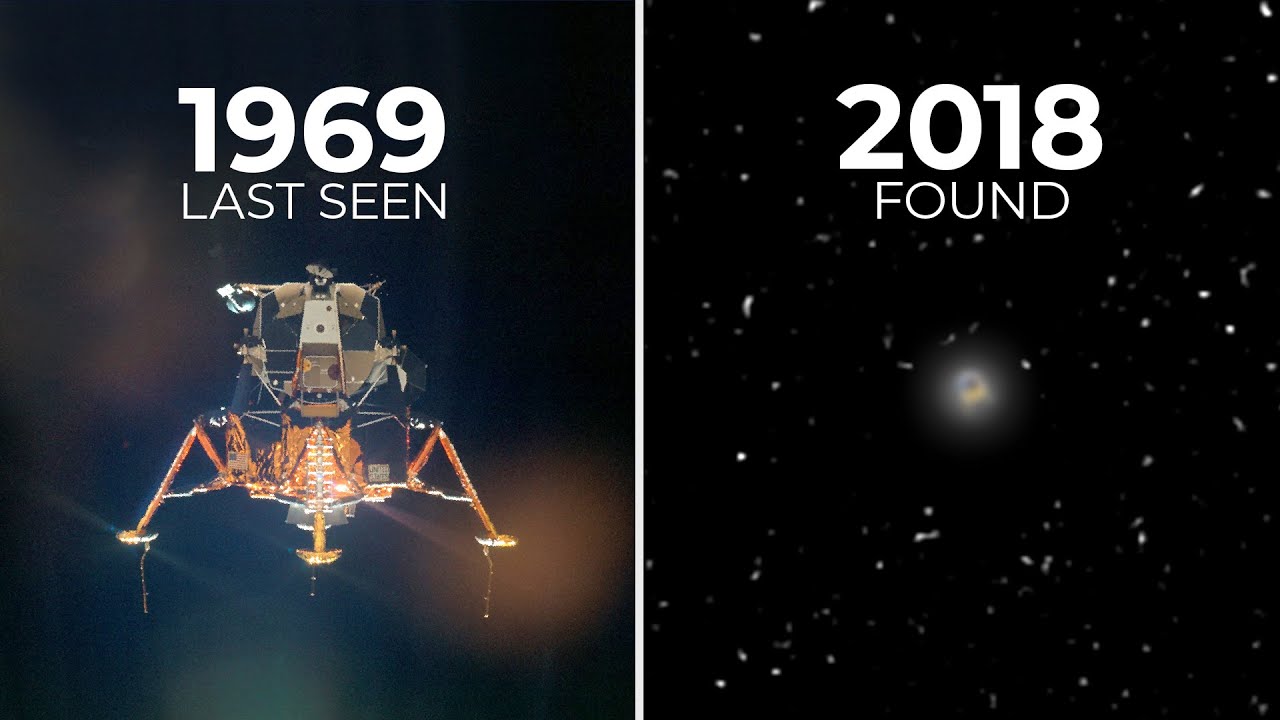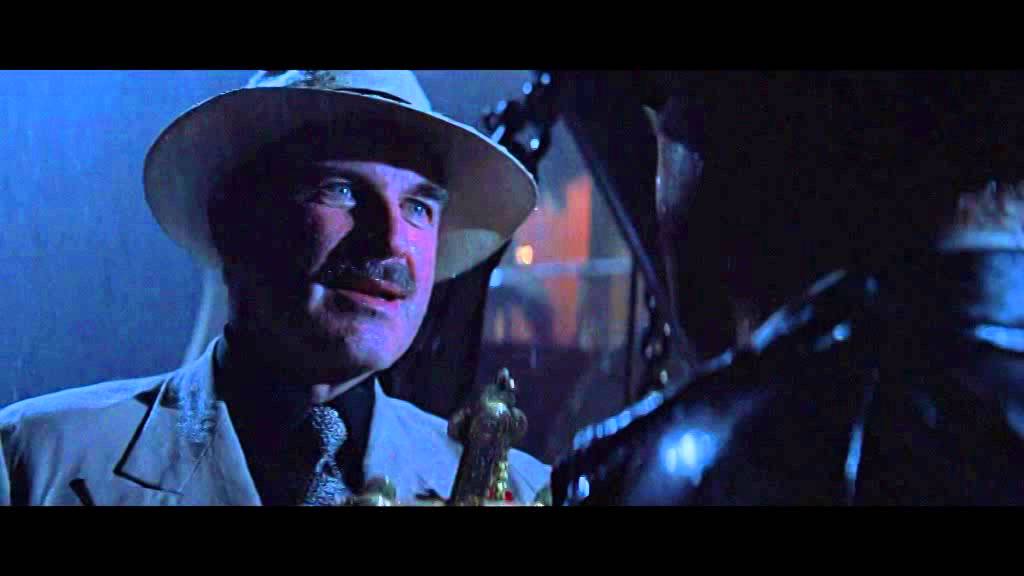In May 1969, Apollo 10 tested all the components and maneuvers of a lunar landing mission short of actually initiating the powered descent and landing on the Moon. Even if NASA had been willing to risk a lunar landing without a practice run, Apollo 10 could not have done it, since its lunar module was too heavy to land on the Moon and return to orbit.
After demonstrating the descent and ascent phases of the landing mission in lunar orbit, astronauts Thomas Stafford and Eugene Cernan in the ascent stage of lunar module Snoopy rendezvoused with command module Charlie Brown and boarded the mother ship, after which Snoopy was jettisoned and its ascent engine fired by remote control from the ground to eject it from lunar orbit into an orbit around the Sun. It was tracked for a short period of time in 1969 and then lost.
In 2018, an Earth-crossing asteroid, designated 2018 AV₂, was discovered and its orbit found to be not only almost circular but in the same plane as that of the Earth, both unusual for natural asteroids. Backwards numerical integration of the orbit showed that, accounting for encounters with the Earth and Moon since 1969, the orbit of the “asteroid” was identical to that of Snoopy with “98% certainty”, and the apparent brightness consistent with its size and reflectivity. Further confirmation by spectral analysis will have to wait until its next close encounter with the Earth in 2028.
If this object is indeed Snoopy, it is the only once-crewed spacecraft to remain in space as a derelict. Apollo 10’s command module, Charlie Brown, may be seen today at the London Science Museum. Perhaps the next time or the time after it flies by Earth, a Starship might snag Snoopy and bring it back for display in a museum.

